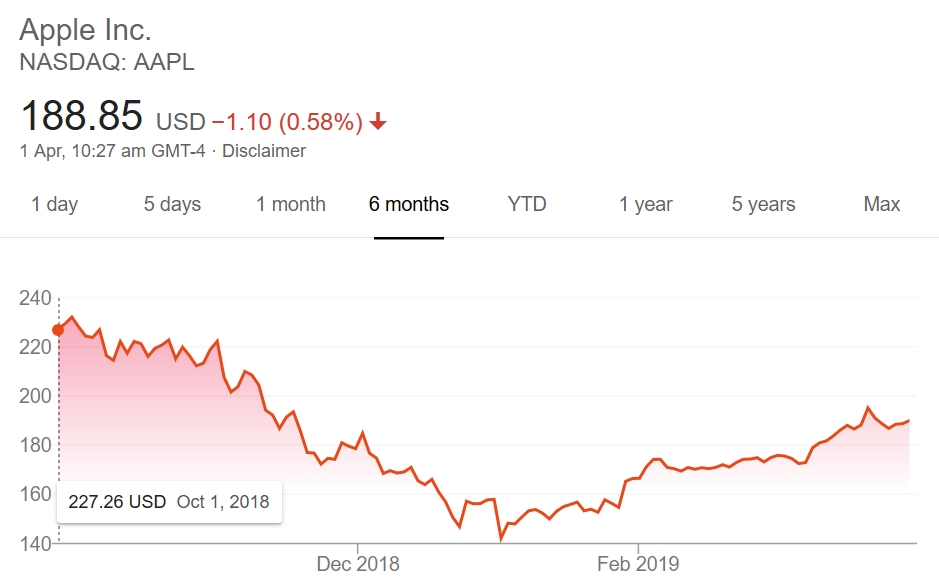If we analyze the stock price of Apple for the past five months, as shown in Figure 9.1, we can see that there is a trend. To predict or forecast future stock prices, we need to gain an understanding of this trend and then do our mathematical computations while keeping this trend in mind:

Figure 9.1: Apple's stock price over the last five months
This trend is deeply related to sequential memory and sequential modeling. If you have a model that can remember the previous outputs and then predict the next output based on the previous outputs, we say that the model has sequential memory.
The modeling that is done to process this sequential memory is known as sequential modeling. This is not only true for stock market data, but it is also true in NLP applications; we will look at one such example later, when we study RNNs.



